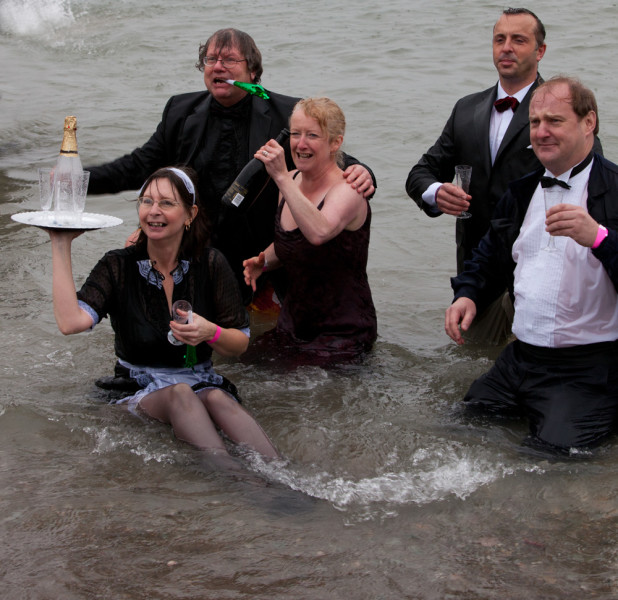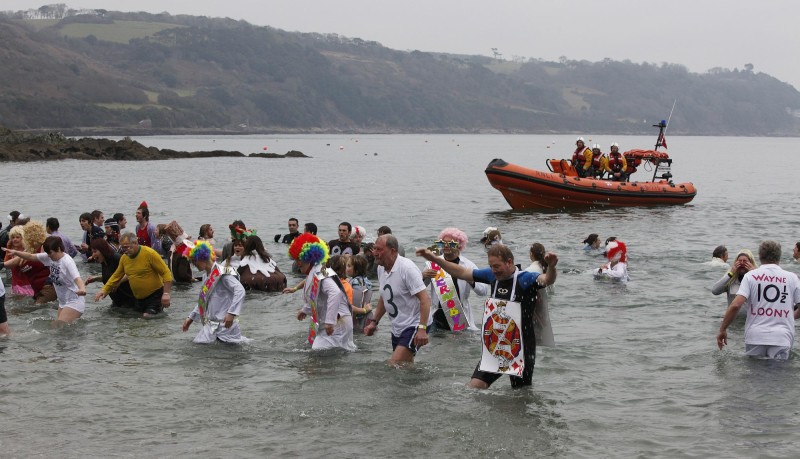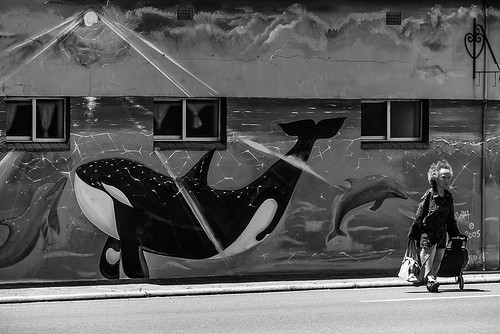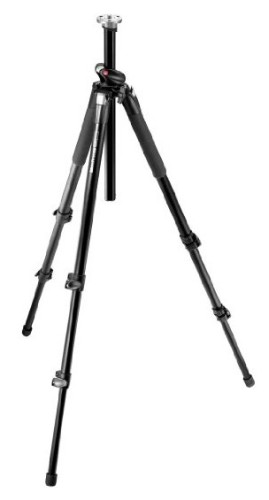
• Dining Out •
Community photography is as much about attracting the community as it is about telling a story of the community.
(Community event: Annual sponsored fancy dress swim on New Years Day – great photo opportunities).
Involving the local people in photography
It sounds ideal. Get the local people involved and do lots of photography. In reality it tends to happen the other way around. Photographers get involved in the local activities and events… the rest is great fun! Community photography is a two way street. Get involved in the community. Then your image work will feed back in as you develop contacts.
Just what is community photography
Actually, community photography is just about anything where the local people are involved. On the one hand we have street photography. It’s all about people out on the street doing what people do locally. The focus is rather loose and chaotic.
On the other hand we have community events and activities. These are about people getting together and sharing an event. In this case there is a single focus where everything revolves around the central interest.
Photography is a peculiar pursuit. Unlike most hobbies, it’s mostly a solitary pursuit. One person, one camera. So how do photographers get involved in community photography and develop community ties?
Getting involved
Almost certainly the first step to engaging with your community is to join a club. Failing that create a group of friends or associates. Later a club can spring out of this group. Clubs and groups are a natural consequence of community.
It’s natural to want to use the community and the local area as a photographic resource. Communities get enriched by groups like yours. Your members work to expose their interests and creations to the community. But it also brings the community into contact with your members too.
Community photography is about reaching out
In almost every community on the planet there are dozens of interest groups. Making the best of your photography is what you want as group members. To do that effectively it’s important to get some resources. You can all club together and put in some money for trips, meetings, a group projector… whatever. Ultimately, you need to become self sustaining. Having a ‘membership’ is a big step at first. But, it’s at that point that the community can help you. And, through your community photography, you can help others out in the community.
Reaching out to your community should be a major part of the activity of your group. You must engage directly with other groups and organisations to join in with them. Activities in the community happen at multiple levels. From within your group, and at a different level between groups. This relationship between groups, and the individuals within them, is what makes the community rich and interesting. Lots of photo opportunities come out of such a mix.
Start by brain-storming as a group. Find out what skills you have in your group. Also, list the contacts you all have between you. Here are some of the sorts of things you might identify…
| Group Skills | Group Contacts |
|---|---|
| Doctor | Local medical facilities. Pharmacy. Local school. Local farmers club events secretary. |
| Town official | Local groups and clubs. The town business club. CEO of the largest local company. Golf club. |
| Housewife | Members of the local women’s club. School staff. Children’s group. Library staff. |
| Company admin. | Member of local art club. Local sports club secretary. Chairman of the Annual Fair. Hospital nurse on the staff committee. |
As the table shows, just four people from your group easily have a broad reach locally. All these contacts work within groups and companies. They have access to events, planned activities and finance. They also have contacts who have or need those resources too. Your community photography group can provide things for them too. The first stage of reaching out to the local community is establishing these contacts. Get talking to them about your group and what you can do.

• Sponsored swim •
At this annual swim event there is a whole host of local groups. They include the local Rowing Club; the Royal National Lifeboat Institute; the local Lions’ Club and the Church. Local businesses, hundreds of local people, swimmers and spectators are also involved.
What can your community photography group do?
Penetrating the local community and getting known as a group takes a little time. It also takes a little planning and talking to your contacts. It is worth doing. Before long you will find there is plenty to do. So to help your group keep on track, break up the tasks so people don’t get overloaded.
You members are sure to have a photographic resource already. Your local photos are really important. So start there. Show off your best photos in the local library (library contact). Make plans for an exhibition in the local community centre. Make contact through the town official. Organise a stall in the summer fair or pageant this year. Raise some money for a local charity. Do a portrait shoot in the main street. I am sure you can think of many ideas to extend your skills for the good of your community photography.
My camera club does a number of community photography events each year. We provide photographers to shoot a range of events including…
- Mayors Annual Golf Tournament
- Annual town regatta
- Annual luncheon for local service veterans
- Annual luncheon for senior citizens
- The annual “Santa fun run”
- Armistice March past.
- Town fair
- Annual carol singing event
…and quite a few other activities.
What do you get for doing your community photography?
The whole process of community photography is extremely rewarding. You want your club or group known locally. Then, as you grow and contribute you get more members, raise money and so on. Most of all you will feel fulfilled as active members in your local community. Sometimes it’s quite hard work. But it is worth it. The benefits are…
- It is great fun!
- Meet local people
- Extend the community reach of your group
- Make more contacts
- Raise money for your club
- Raise money for charity
- Help other community groups
- Get your work known locally
- Get in the local papers
- Get onto local websites
- Create a photographic legacy for the town
- Help people understand photography better
- Joint activities with other local groups
- Provide the community with a richer experience
Raising money for charity is great. A lot of people in need get help. There are some other rich, but less visible, benefits too.
A rich source of local history is often the local library too. Many libraries retain many thousands of photographs of the town donated by local photogs. Some go back over a century. It is a rich and important local resource. It gets your photos and club exposed in all sorts of ways. So does providing a historical archive of the area for the “Local History Club”.
Another reward is mixing with other interest groups. At fairs and events you will meet other clubs and their members. You can also get to know them by just ringing up and talking. Why would you do that? My community photography club has an annual event with other local clubs. One club night we get together with the poetry club. In advance we have swapped poems and photos. On the night we provide photos to illustrate the poems they provided. They read poetry about the photos we provided. A great evening – really illuminating. We do a similar event with the local artists club.
Publicity is key to community photography
Many a local group has died because of lack of publicity. Community photography should not go that way. If you engage with your local people you will have some brilliant photo opportunities. Each and every one provides a publicity opportunity too.
Community photography thrives on telling the stories of events in the local area. That is the stuff of blogs, newspaper articles, fund-raisers, exhibitions, displays and other types of contacts. Engaging with your community is not just about taking photos. It is also about exploiting the opportunity to get your work and the club known. If you engage with your local people… make sure they know about your group too. Shy photogs are not well known. Get out there and take photos, but make sure you engage with others.
Most of all make sure everyone knows your group took the photos. Insist that, if your clubs’ photos are used, they are acknowledged. Put photos up in the town with your community photography club name and contact attached. Get in the papers and insist the club is mentioned. Have a blog. Link to town event and activity websites. Use your photos and offer them to other websites to use too. Making the best of your community photography is about getting your name and your photos out in the community.
Comments, additions, amendments or ideas on this article? Contact Us
or why not leave a comment at the bottom of the page…
Like this article? Don’t miss the next — sign up for tips by email.
Photokonnexion Photographic Glossary – Definitions and articles.
Google images – Cawsand New Years Day Charity Swim
photogs

Damon Guy (Netkonnexion)
See also: Editors ‘Bio’.
By Damon Guy see his profile on Google+.



 Photokonnexion.com has more pages than your average photography book. All of them are packed with photography facts, resources and links to more. It is a rich resource for learning. It is a fun resource to browse. These pages aim to fill the details in. Photokonnexion.com is a perfect complement to our twitter stream.
Photokonnexion.com has more pages than your average photography book. All of them are packed with photography facts, resources and links to more. It is a rich resource for learning. It is a fun resource to browse. These pages aim to fill the details in. Photokonnexion.com is a perfect complement to our twitter stream. 


